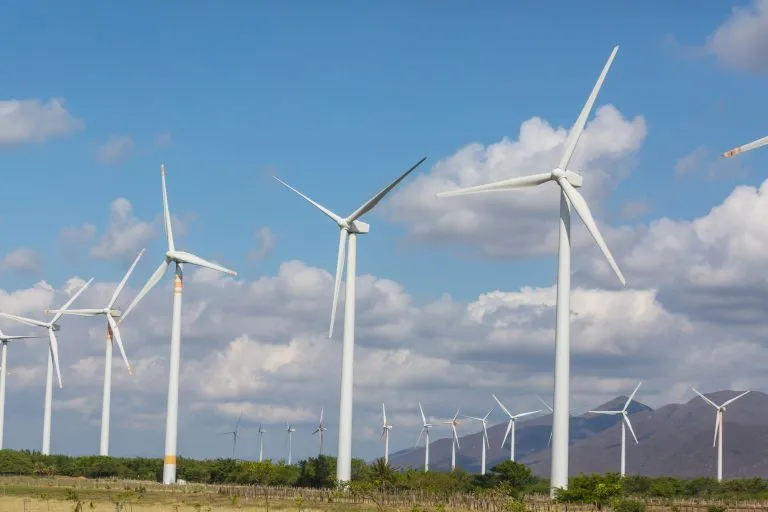By Adeyemi Adekunle
China’s top economic planning agency has announced plans to scale back subsidies for renewable energy projects. This shift comes on the heels of a remarkable surge in solar and wind power installations, reflecting both the achievements and the challenges of China’s ambitious clean energy strategy.
China has once again shattered its records for solar energy installation, showcasing a staggering 45% increase in installed capacity compared to the previous year. As of 2024, the nation now boasts nearly 887 gigawatts (GW) of installed solar power, a figure that dwarfs the United States’ capacity by more than sixfold, according to the International Renewable Energy Agency. This meteoric rise has propelled China past its 2030 clean energy targets six years ahead of schedule, cementing its position as a global leader in renewable energy deployment.
The rapid expansion of solar infrastructure epitomizes China’s commitment to transitioning toward a low-carbon economy, especially in contrast to the United States’ recent withdrawal from the Paris climate agreement under former President Donald Trump. This policy shift in the U.S. aimed to bolster traditional energy sources like oil and gas, which only heightened the significance of China’s proactive approach.
China’s National Development and Reform Commission (NDRC) has characterized the upcoming policy changes as “market-oriented,” intending to reshape the landscape of clean energy project financing. While the agency has lauded the substantial decline in development costs for new energy projects, it has indicated that any new renewable energy installations after June will enter a market-based bidding system for electricity pricing.
This strategic pivot speaks volumes about the maturation of China’s renewable energy sector. The NDRC emphasized that China’s clean energy capacity has now surpassed 40% of the total energy generation capacity of its economy, making renewable sources a crucial component of China’s energy mix.
Previously established systems that guaranteed fixed prices for renewable energy sold to the grid have been pivotal in reaching these milestones, but as the market stabilizes, the government is walking a fine line between maintaining growth momentum and fostering competitiveness.
The implications of this decision could be profound, particularly for China’s solar industry, which is already grappling with overcapacity amid declining global demand. As prices for solar panels have plummeted, the reduced subsidies raise concerns that many smaller producers may face severe financial challenges or even bankruptcy. An influx of cheap solar energy from larger corporations could exacerbate the predicament for smaller firms, leading to a potential shakeout within the industry.
The NDRC has reassured consumers that this policy change will not impact electricity prices for residential users or farms, stating that power prices for industrial and commercial operations will remain “basically the same” post-implementation. However, the commission’s commitment to collaborate with local governments for effective rollout exemplifies the complex dynamics at play in balancing market forces and political priorities.
This strategic adjustment pinpoints a necessary evolution for China’s renewable energy policies. As the sector matures, moving towards a more market-driven approach can incentivize innovation and efficiency. However, the challenge remains in ensuring that the transition does not come at the cost of industry stability and development.
Environmental advocates have voiced mixed reactions to the NDRC’s announcement. While there is recognition of the positive strides in renewable energy installations and the potential for economic efficiency, there are concerns that curtailed subsidies could stymie investment in new projects and stall progress towards future capacity goals. The concern is that without adequate support mechanisms, the journey toward a sustainable energy future could become a rocky road.
As China positions itself as a leader in the global energy transition, the balance between supporting rapid growth and fostering a sustainable market environment will be critical. Policymakers will need to tread carefully to ensure that the country maintains its significant lead in renewable energy while also navigating the complexities of market dynamics and international competition.
China’s decision to cut back on renewable energy subsidies amid unprecedented growth signals a pivotal moment in its energy landscape. While this transition could spark innovation and efficiency within the industry, it also presents a cautionary tale of the challenges that lie ahead.
With its sights set on a sustainable future, China’s commitment to clean energy will now require a delicate balance of policy, market forces, and industry resilience.




